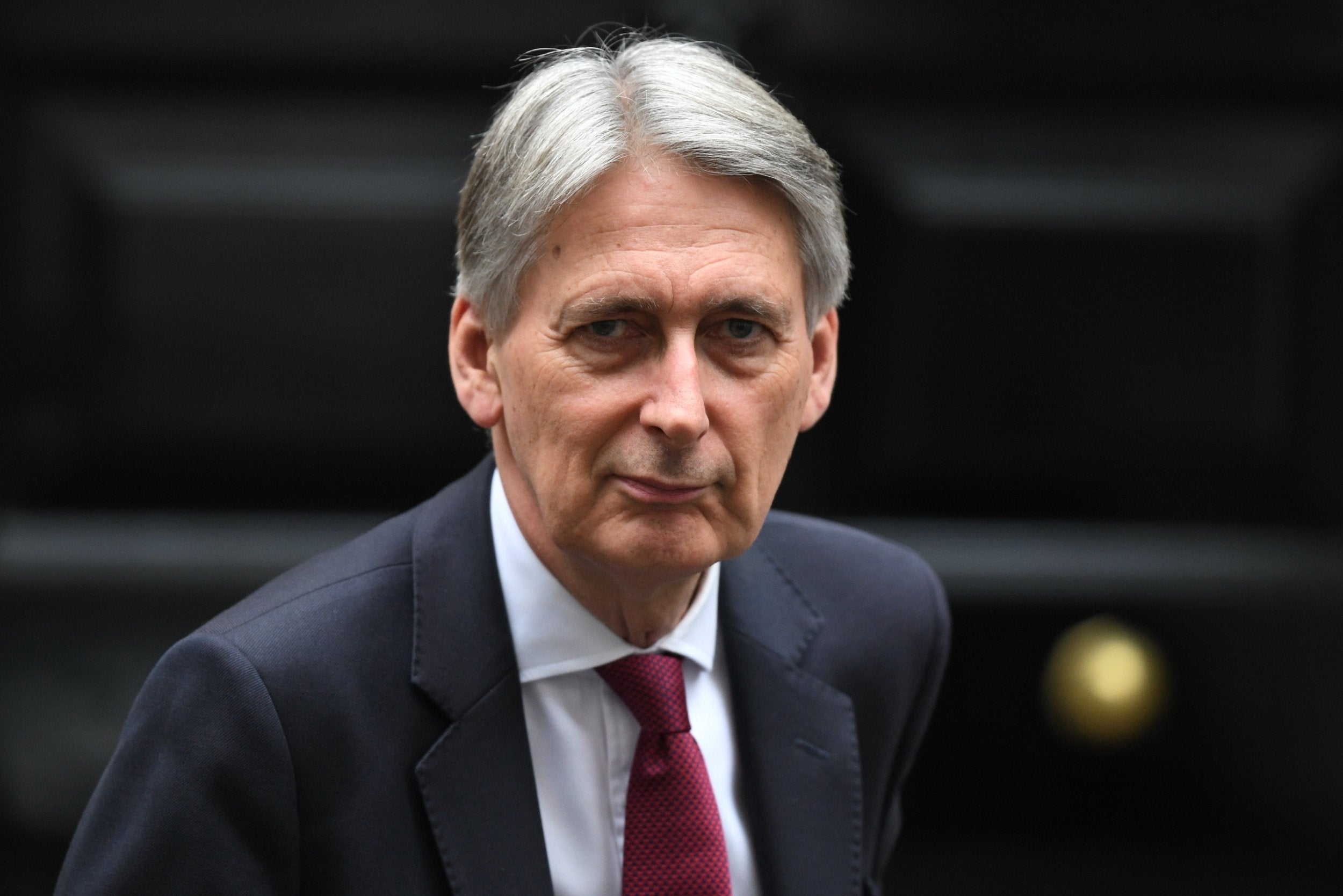Our political leaders need to stop falling for fiscal illusions
Analysis: Ministers are afflicted by a double fiscal pathology, says Ben Chu. First, there’s a naïve obsession with headline government borrowing. Second, there’s a chronic neglect of the asset side of the government’s balance sheet.


The good news is that the illusion is shattered. The bad news is that there’s still a danger the tail will wag the dog. The solution? Train the dog to be better behaved.
Let me explain. The student loans accounting loophole is being stitched shut by the Office for National Statistics.
This is a good thing because it will end the fiction that the government is not borrowing today to help young people go to university today.
When ministers expect almost half of all new student loans (by value) not to be paid back, it’s untenable for this not to be classified as government borrowing.
And when the nominal interest charges on these loans (many of which will never be repaid) can be classified as government revenue, knocking billions of pounds off the annual deficit, we find ourselves straying into the realm of satire.
Good riddance.
Yet universities are now anxious that the accounting reform, by pushing up the reported deficit, could prompt ministers to cut tuition fees, which would undermine the funding of higher education institutions.
And among students there’s a fear that the reform, for the same reason, could prompt minister to tighten up their repayment terms, hitting them in the pocket.
Ministers need to think of the state’s fiscal position in the round, to recognise that reducing the national debt by failing to build productivity-enhancing public assets is a false economy
And they might be right. Ministers foolish enough to make decisions based on an obvious fiscal illusion might well make a foolish decision in the other direction upon its removal.
The tail of the national accounts could end up wagging the dog of government.
There are echoes here of the private finance initiative. Labour signed off scores of infrastructure and building projects merrily in large part because the funds used to construct those new hospitals, schools and roads did not show up as state borrowing or debt.
Yet, of course, PFI deals created real taxpayer financial liabilities to the private sector construction companies stretching far into the future. And in some of those projects, the job was ultimately far more expensive than if it had been done solely by the public sector.
When that PFI illusion was finally washed away, the coalition in 2010 cut deep (and counterproductively) into capital infrastructure spending.
Is the moral that we should keep fiscal illusions for fear of painful reality? No. Instead our politicians need to grow up about government borrowing and debt.
Ministers are afflicted by a double fiscal pathology. First, there’s a naive and crude obsession with headline government borrowing. Second, there’s a chronic neglect of the asset side of the government’s balance sheet.
Government borrowing targets should always distinguish between capital spending – which generally produces a social return by enhancing our national productivity growth – and current spending which doesn’t.
And ministers need to think of the state’s fiscal position in the round, to recognise that reducing the national debt by failing to build productivity-enhancing public assets is a false economy.
If they can get these two things into their head – if they can wise up to the difference between image and substance in the national accounts – ministers have a chance of making sound spending allocation decisions and sensible trade-offs.
A smarter government dog will be one less prone to falling for illusions.
Join our commenting forum
Join thought-provoking conversations, follow other Independent readers and see their replies
Comments